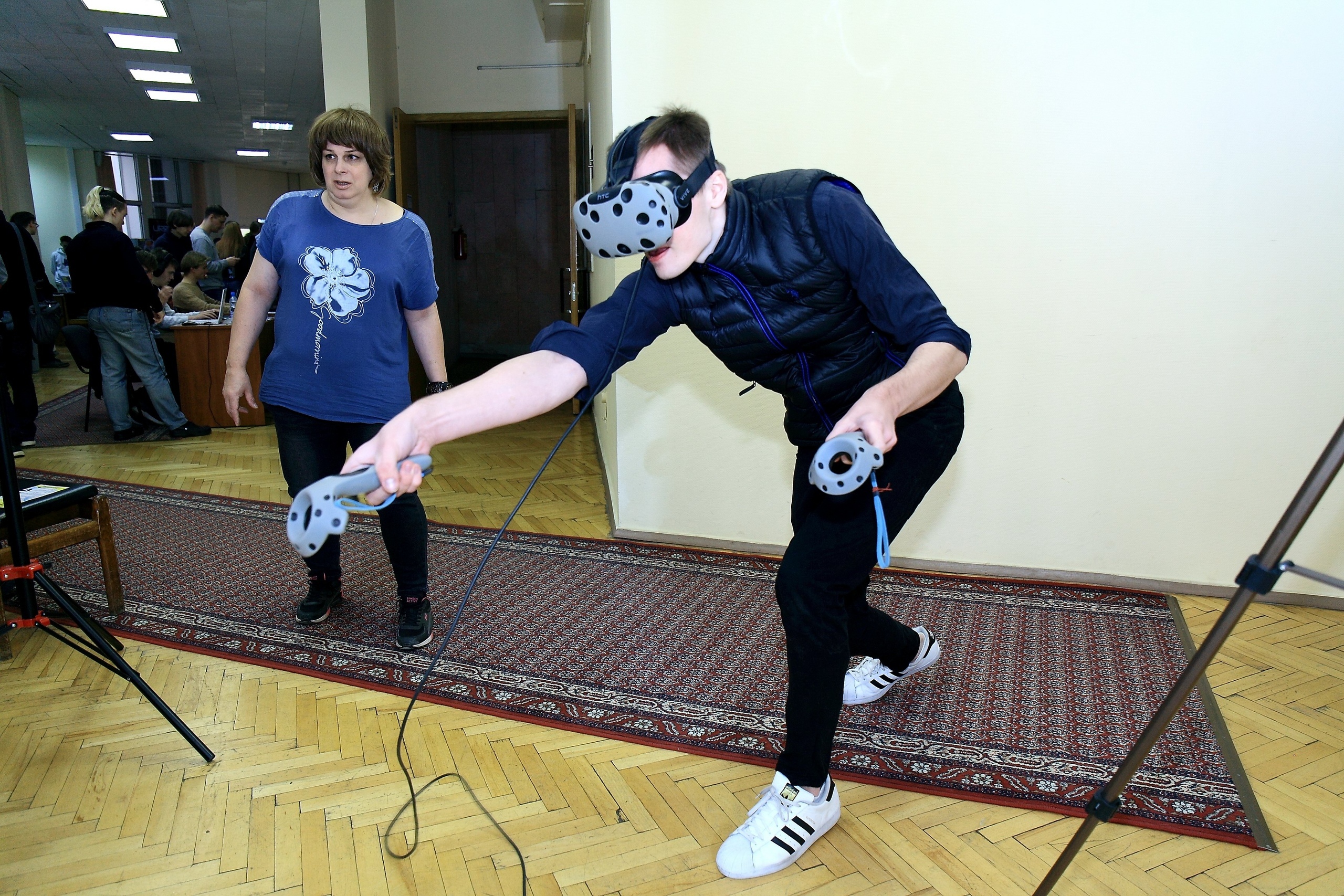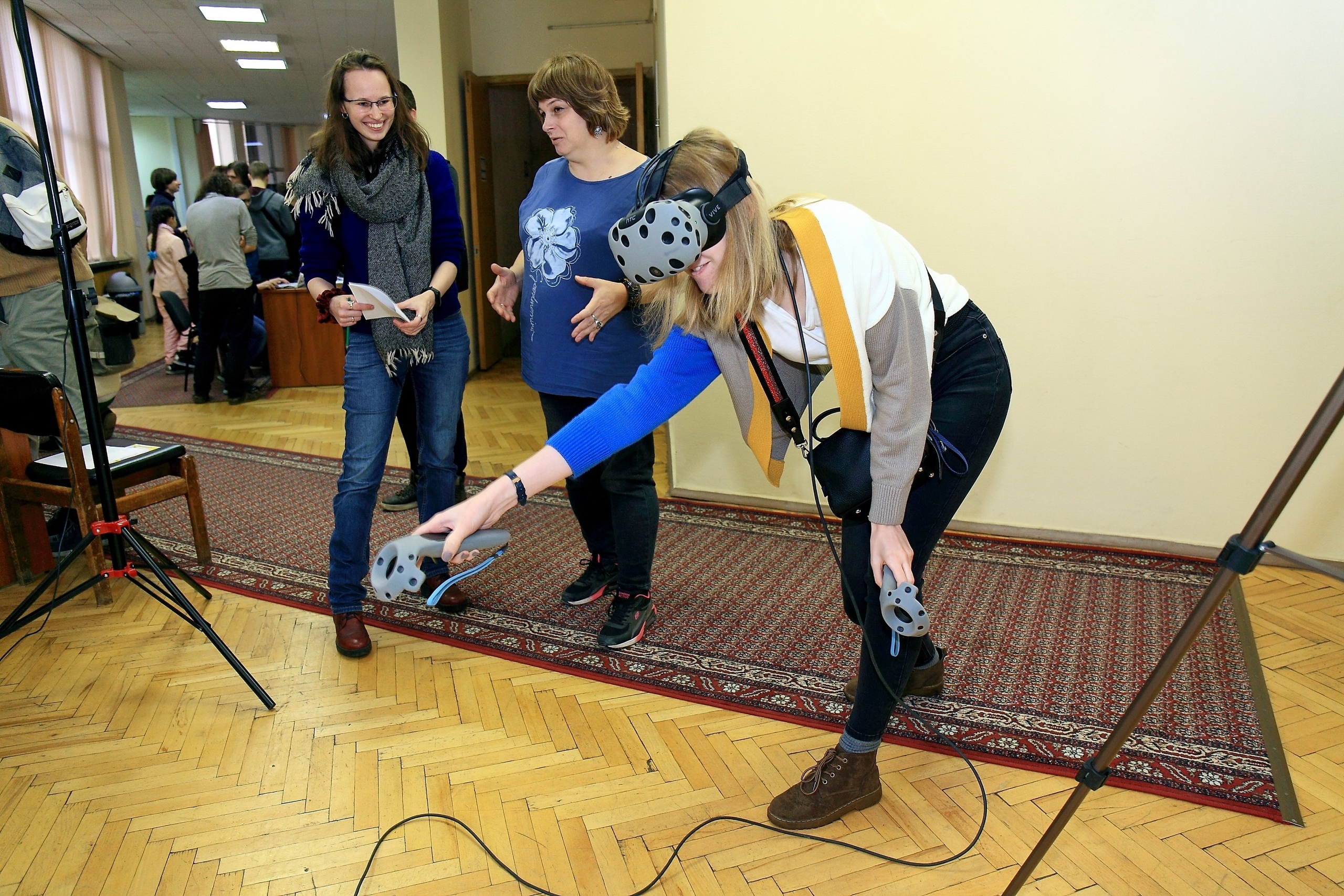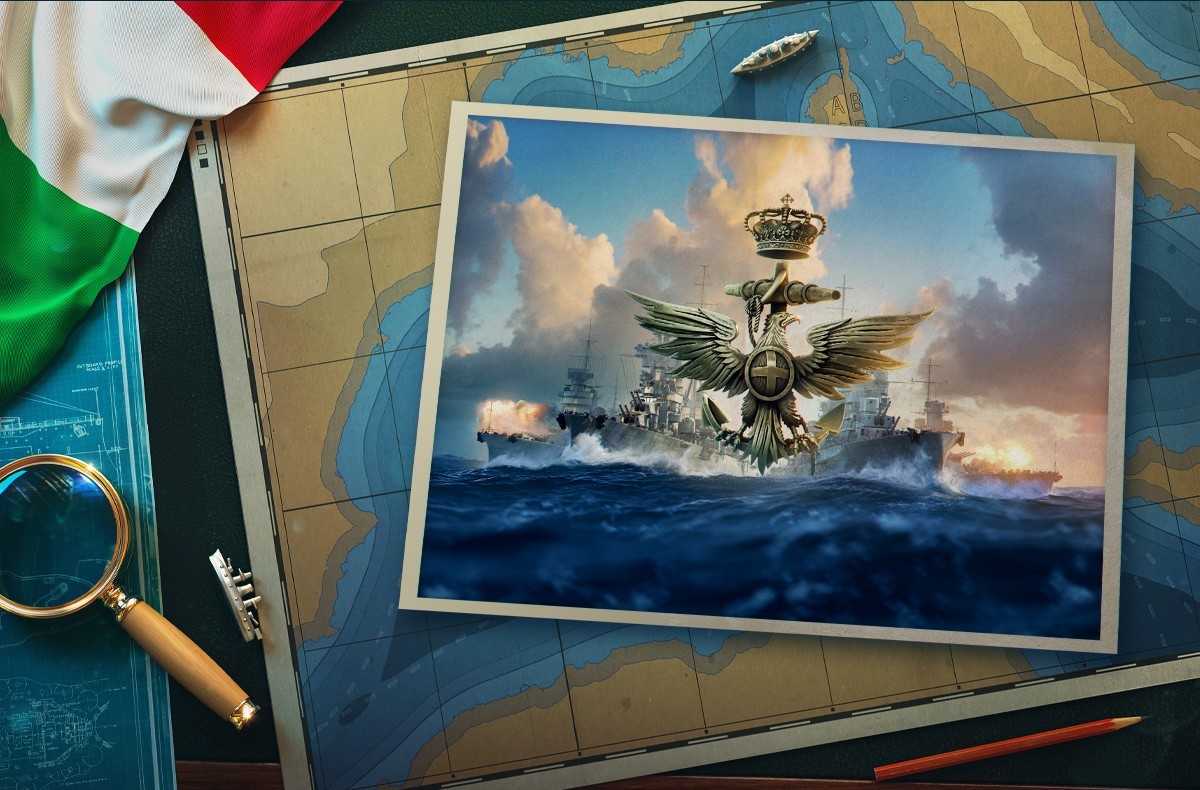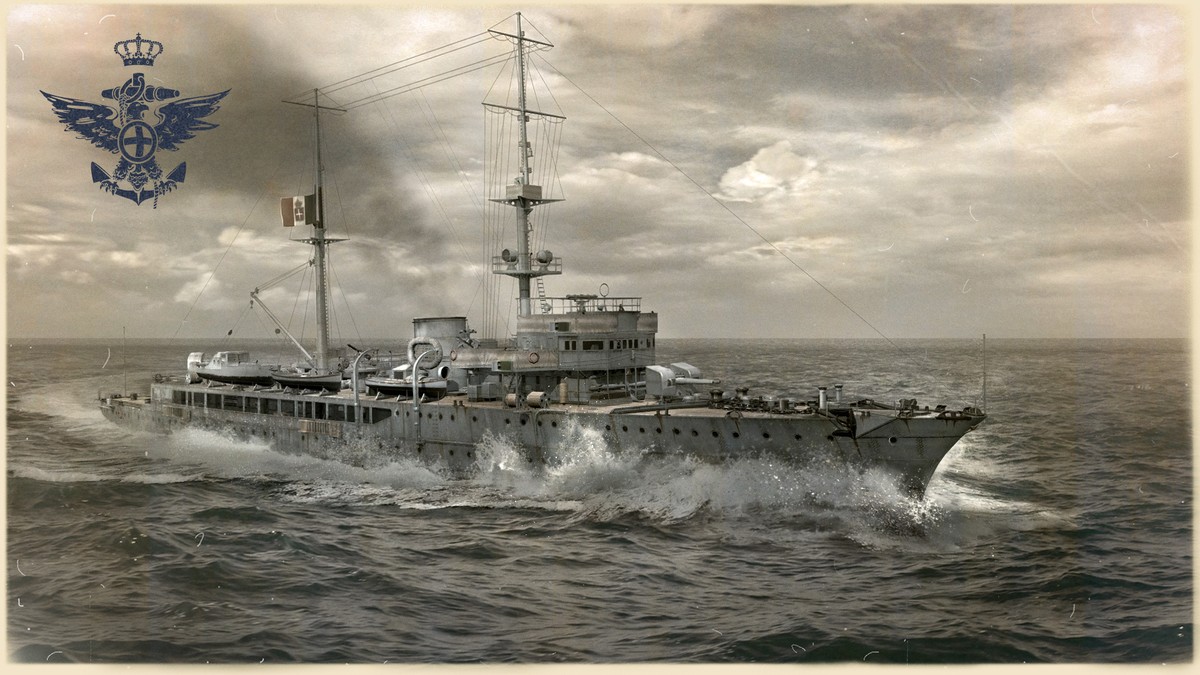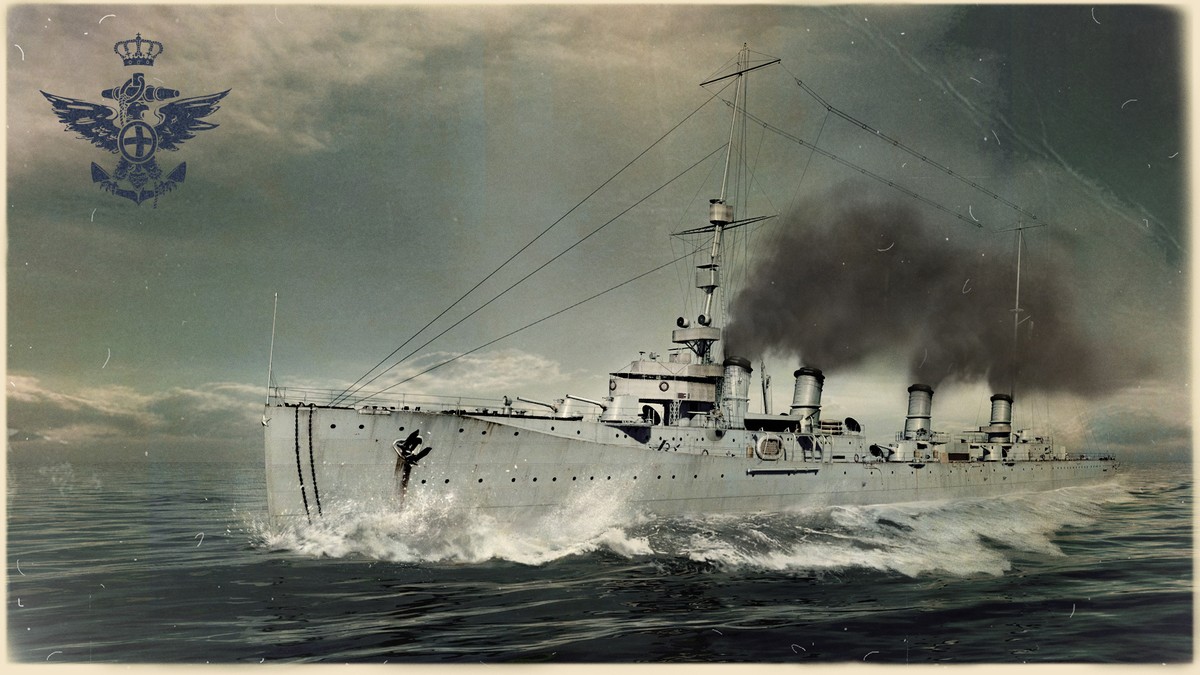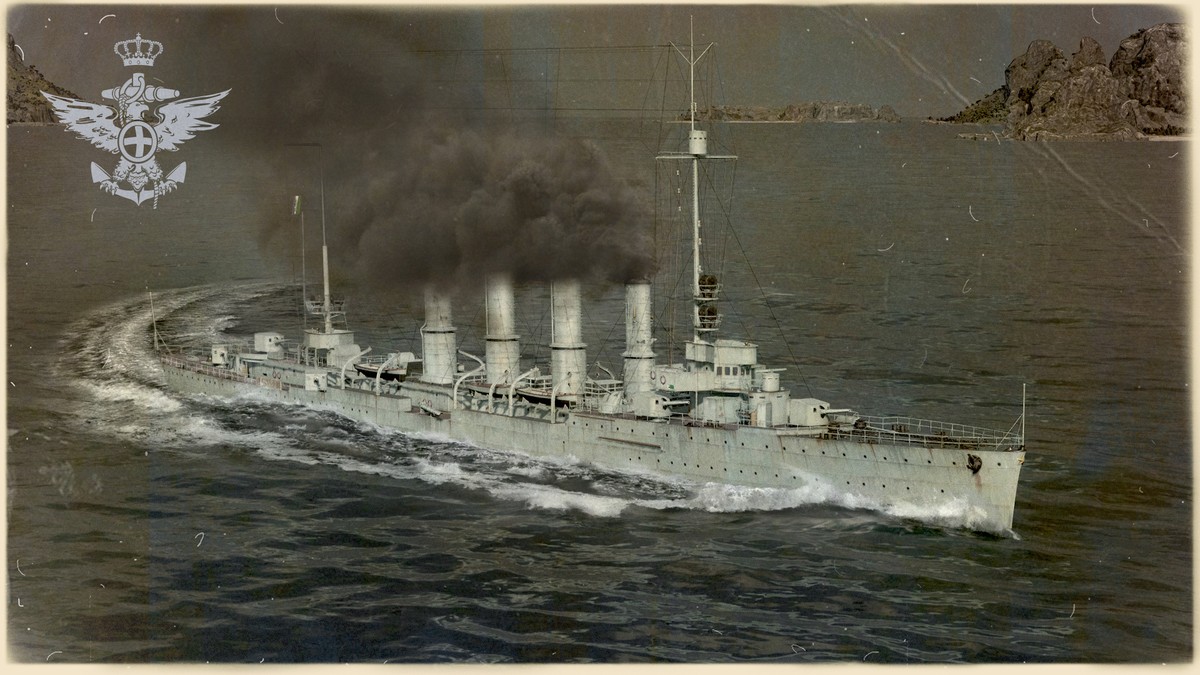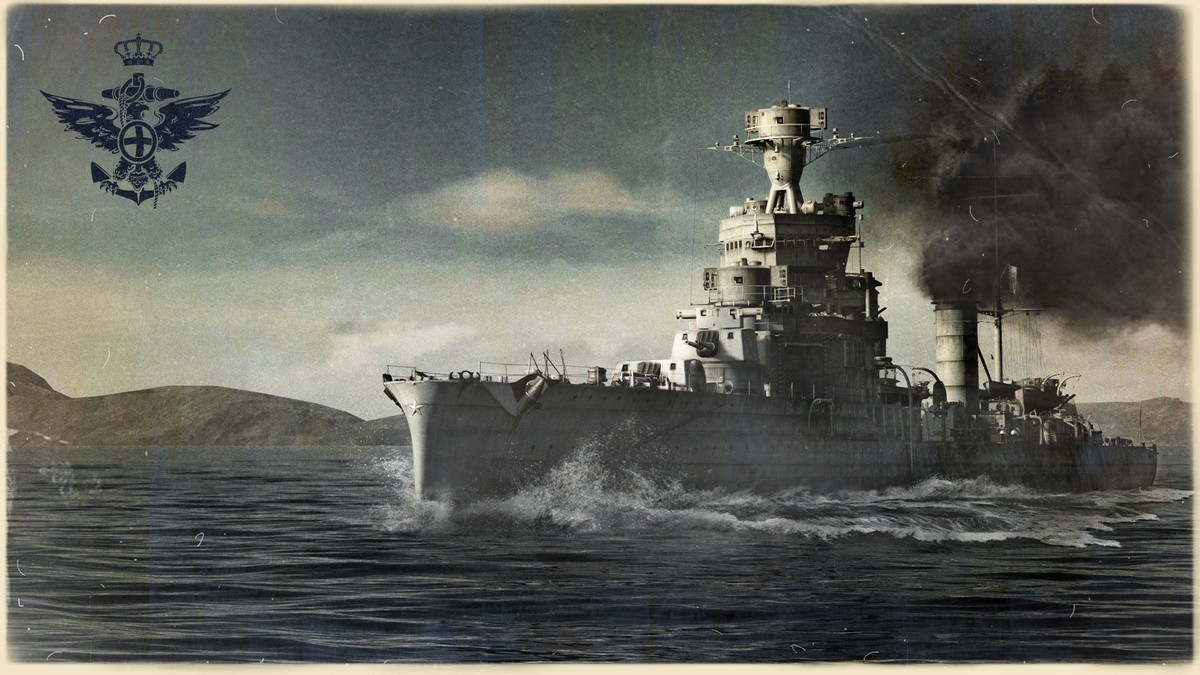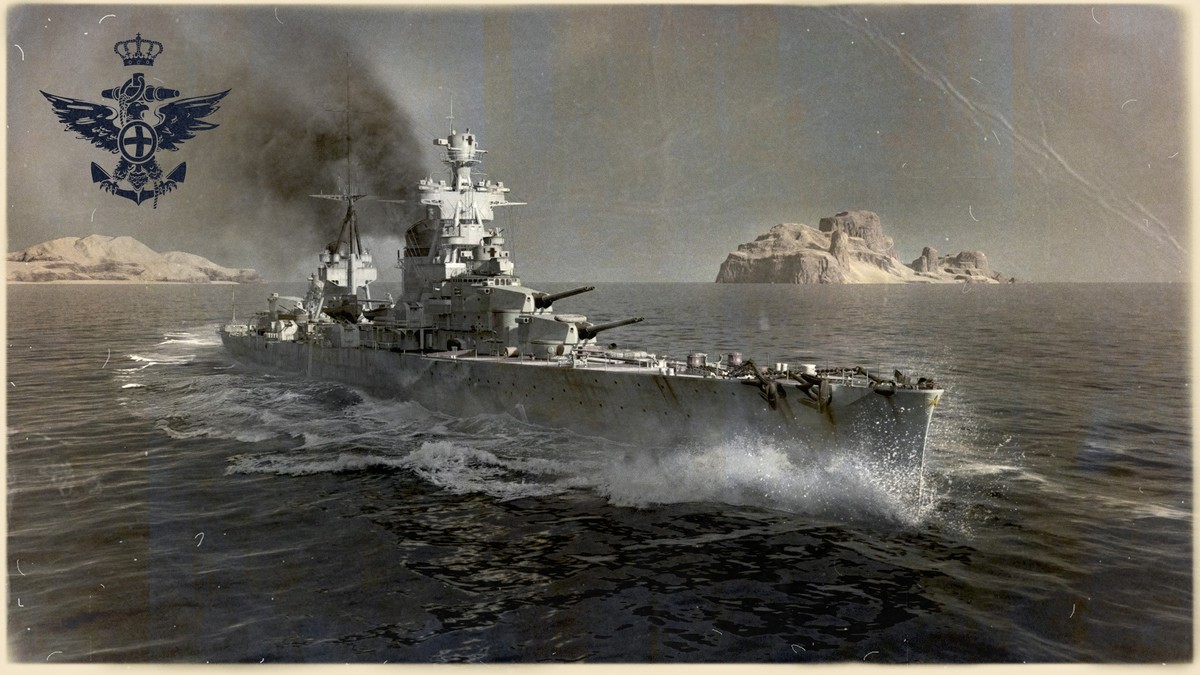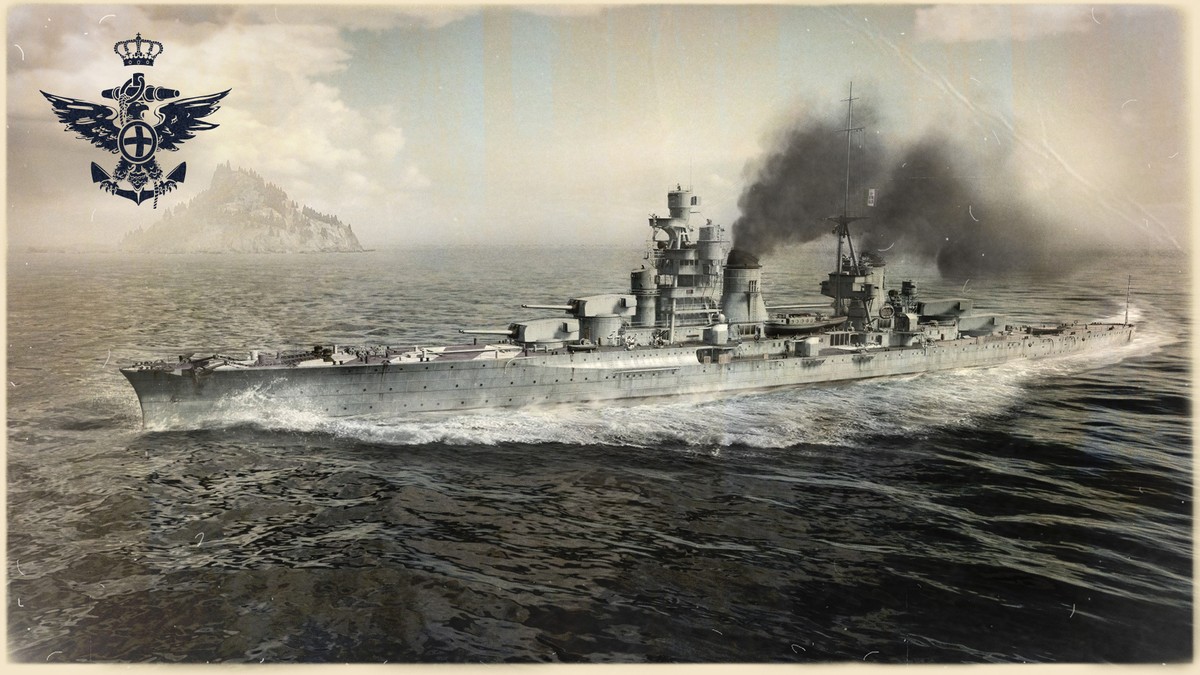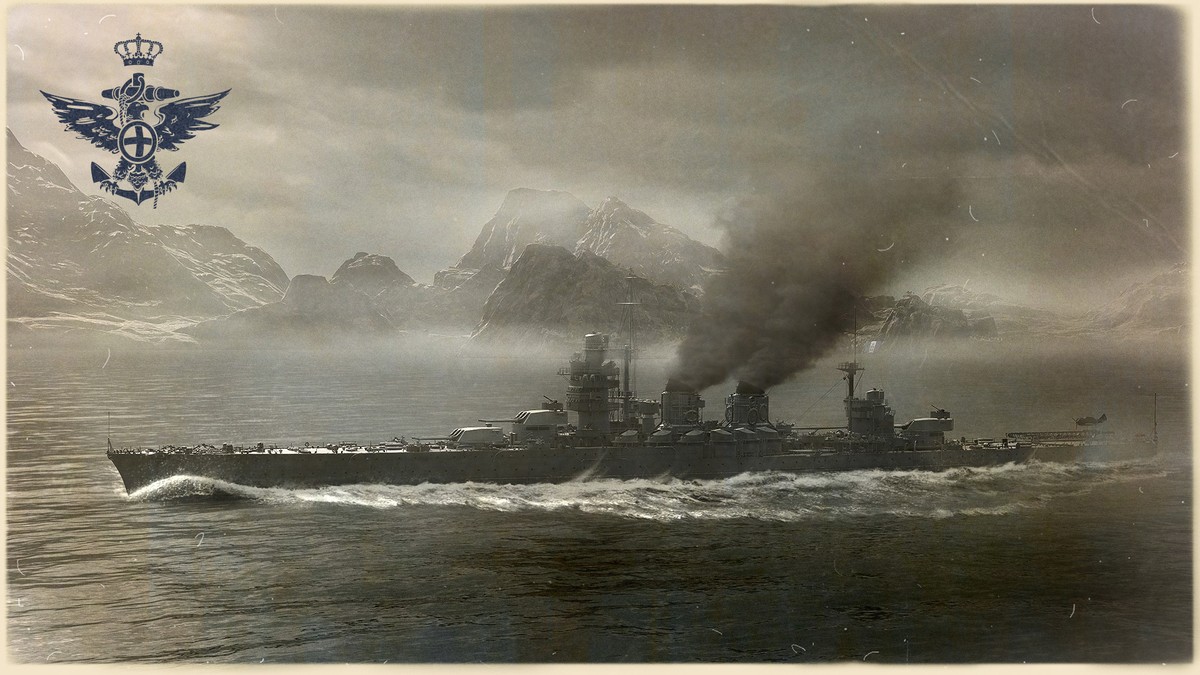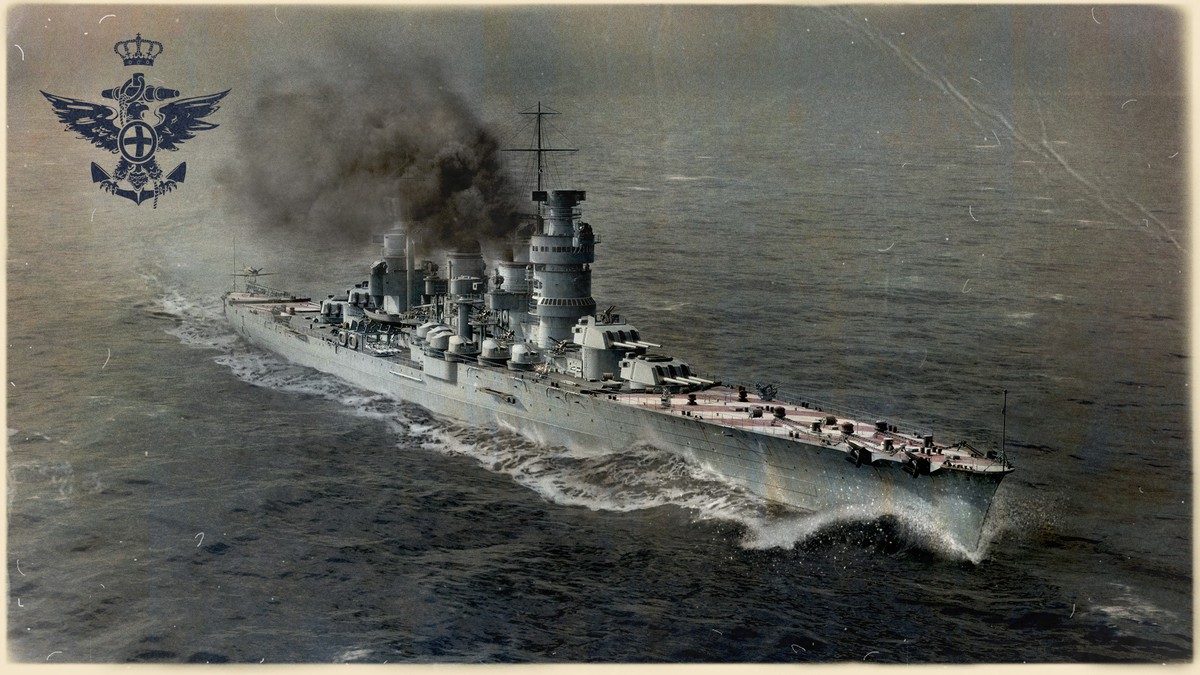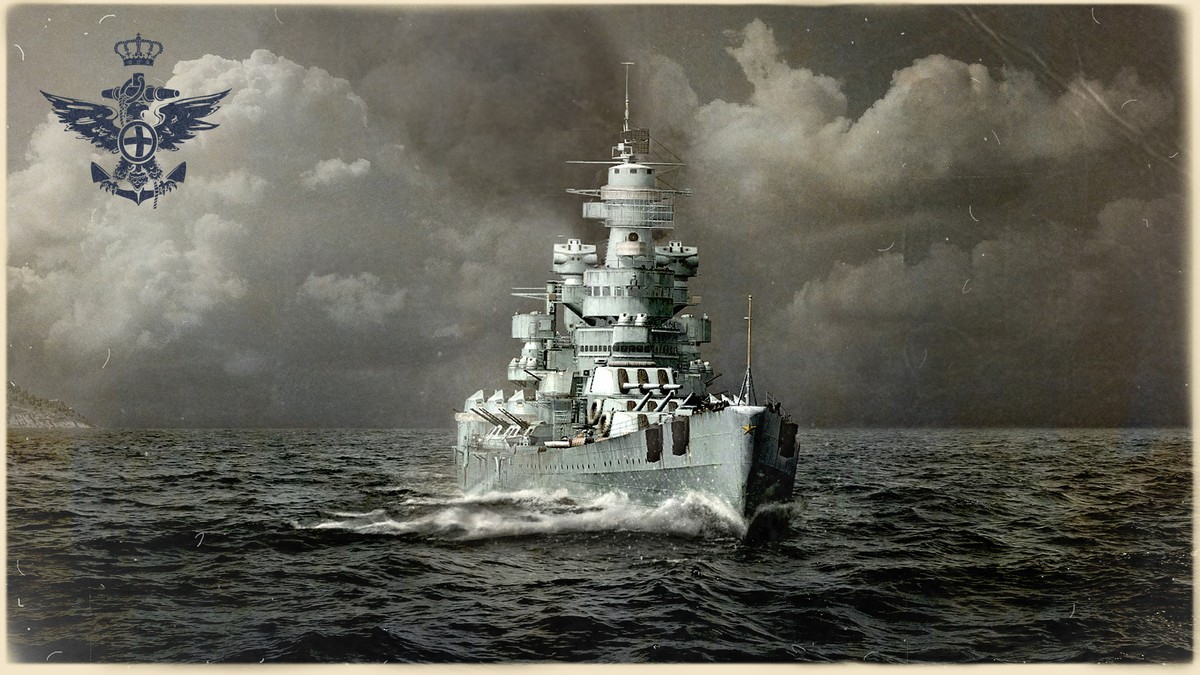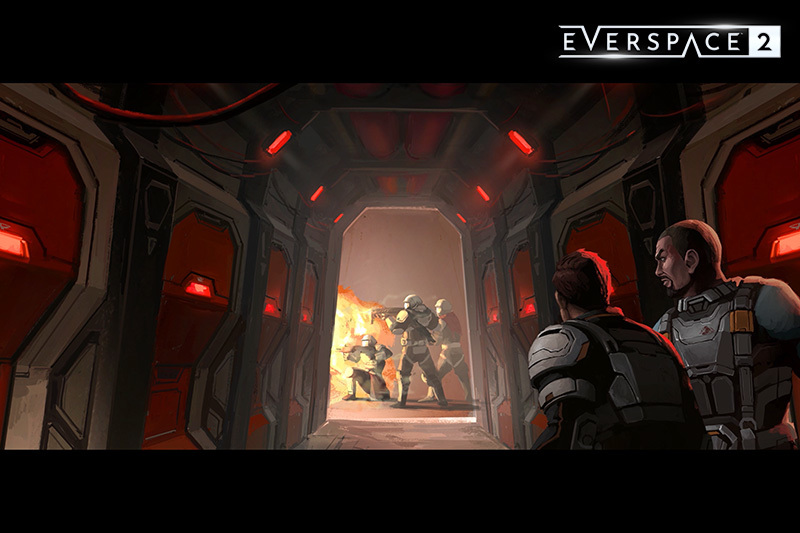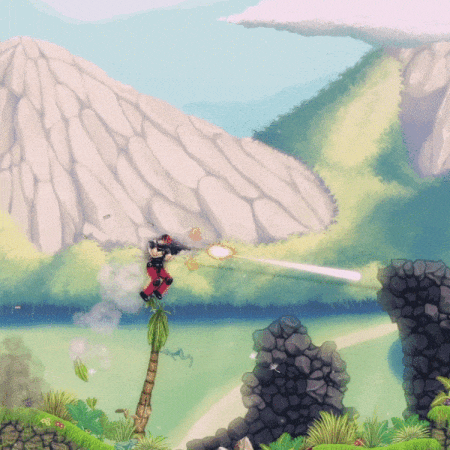
Oct 13, 2019
Diesel Railcar Simulator - Lapioware
Class 03 locomotive update is now ready! Many thanks to all beta testers!
The new locomotive has a 5-speed gearbox and three different brake systems. All the built-in routes have been updated with some coal traffic and light loco movements. Rescue runs now also use the 03 if the broken train is near the depot.
Freight trains have a brake van at the rear to assist in slowing down the train, since the wagons do not have brakes that could be operated while the train is running. An AI guard in the brake van operates the van's handbrake automatically. When using simple controls, the guard will directly respond to the control setting. Under realistic controls the AI has a mind of its own and will use the brake when suitable. The AI can't be turned off.
Note the new keys to operate the handbrake (default: [H] to apply, [Y] to release) and the loco air brake in the 03 (default: [F] to apply, [R] to release). Unlike the vacuum brake, the loco air brake has no lap position: braking force is proportional to how much you turn the handle (handbrake works the same way).
Remember to use the Class 03 filter at the bottom of the service selection screen to easily find services hauled by the 03.

Scenery
User interface
Traffic
Physics
Timetable editor
Route editor
Other
The new locomotive has a 5-speed gearbox and three different brake systems. All the built-in routes have been updated with some coal traffic and light loco movements. Rescue runs now also use the 03 if the broken train is near the depot.
Freight trains have a brake van at the rear to assist in slowing down the train, since the wagons do not have brakes that could be operated while the train is running. An AI guard in the brake van operates the van's handbrake automatically. When using simple controls, the guard will directly respond to the control setting. Under realistic controls the AI has a mind of its own and will use the brake when suitable. The AI can't be turned off.
Note the new keys to operate the handbrake (default: [H] to apply, [Y] to release) and the loco air brake in the 03 (default: [F] to apply, [R] to release). Unlike the vacuum brake, the loco air brake has no lap position: braking force is proportional to how much you turn the handle (handbrake works the same way).
Remember to use the Class 03 filter at the bottom of the service selection screen to easily find services hauled by the 03.

Other changes
Scenery
- Fixed bridge support placement in some bridges
- Fixed gap between trackbed and bridge side in some curved bridges
- Fixed platform furniture orientation on some island platforms
- Fixed switch rails not moving properly after restarting sim
User interface
- Fixed camera being fully zoomed in when starting sim
- Fixed HUD helper positioning when using GUI zooming
- Fixed simple controls slider in some trains
- Fixed doors sometimes being open in service screen train picture
- Changed view menu popup to open only if RMB is held for less than one second
- Changed view menu popup to close if it's already open when pressing view menu key or RMB
- Added station skipping advice to service screen stopping info
- Clarified wording of some signaller messages to remove ambiguity
- Reduced vehicle vibration in some camera views
Traffic
- Fixed signaller to properly remove a terminated train under some circumstances, preventing deadlocks
- Fixed signaller clearing conflicting train paths in some locations like north of Eastle Harley
- Fixed signaller to properly clear signal after train changes direction at a station (fixes rural roundtrip service in workshop "Track construction" timetable for Westfords)
- Fixed signaller to properly hold signal at danger at some junctions until train has reduced speed (loaded coal train approaching Haverford West triangle)
- Fixed starting time of first Haverford West ECS so that it's at the station before the first passenger service starts
- Fixed some rescue scenario starting problems
Physics
- Fixed Class 127 wheels crawling and squealing during engine start-up
- Fixed incorrect head movement under potato quality
- Made physics more robust especially in collisions and other corner cases
- Smoothed out some sudden movements or jostling in train/camera springs
- Reduced air drag to make the trains run more prototypically at higher speeds
- Changed speedometer to show axle speed instead of the true speed of the train in order to correctly show wheelslip
Timetable editor
- Added freight train type to timetable editor and run menu filters
- Added slider for choosing the loading percentage of a freight train in timetable editor
- Added slider for adjusting AI braking behaviour in timetable editor
- Fixed possible crash in timetable editor when the stopping place of an order no longer exists
- Fixed station name tag highlighting
- Fixed timetables made for workshop routes disappearing from timetable list
Route editor
- Fixed scenery being out of date in driving sim compared to route editor
- Fixed route editor speed limit removal to remove all instances of the same limit in the same location
- Fixed automatic speed limit generation in route editor
- Fixed embankment gaps being incorrectly applied throughout the whole track when splitting a track
- Fixed embankment gaps to not let track sink under ground
Other
- Fixed possible error when trying to submit stuff to the workshop
- Fixed several crashes in the menus and driving sim
- Fixed missing ambience sound in some external views
- Added guard whistle sounds (useful for 03 which doesn't have a buzzer)







